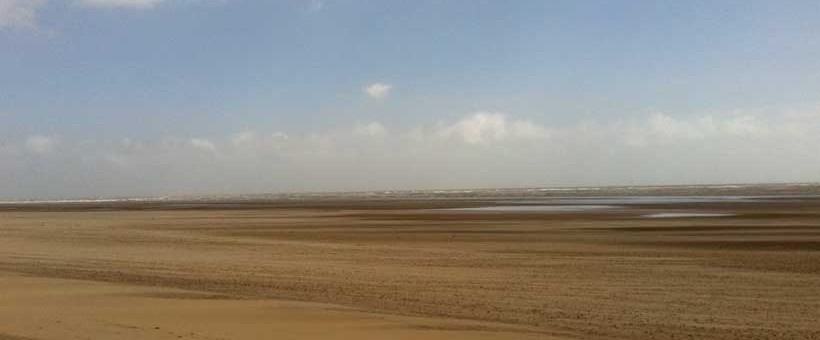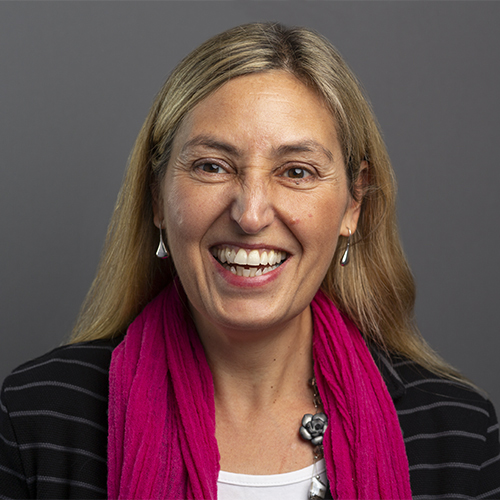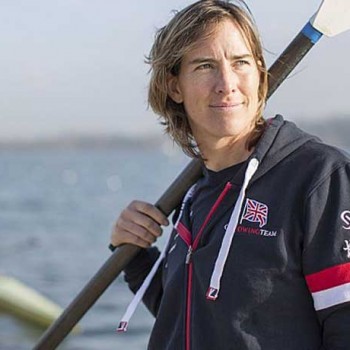
Eight Steps to an Effective ‘Strategy Offsite Day’ – Even if you work for yourself!
- Posted by Liz Gooster
- 2 Comments
- strategy; strategic offsite day; thinking time; business goals; business plan; focus
While corporate away days are commonplace, having an individual ‘strategy offsite’ day might sound like a bit of an odd thing to do. When I headed off recently to the calm cobbled streets of Rye and the wind-scoured dunes of Camber Sands, my reasons were to give myself time to think and to review where I was in my new independent portfolio business. I felt that a change of scenery would help stimulate fresh perspectives on where I wanted to go and how I wanted to get there. As Miranda Kennett says in the June 2014 issue of Management Today, ‘sitting in the same meeting room [for me, read kitchen!] in which you conduct daily business is unlikely to prove conducive to an innovative breakthrough’.
Several people have asked me what I did on this mysterious offsite day, so I’ve summarised the steps I went through – this is by no means a definitive guide, it’s just what worked for me. I’d love to hear your ideas.
1) Clarify your objectives
I am a big fan of the Power of Three, so I set myself three objectives for the day – and on the train on the way home reflected on how far I’d met them.
2) Review your vision, passion and mission
I started off at the big picture level by channelling my friend, former author, and business coach, Rasheed Ogunlaru (author of Soul Trader: Putting the heart back into your business) and reminding myself of my vision, passions and mission statement. These are all very brief statements, for example my vision is ‘to energise, inspire and change people through my work’ and they are all also a dynamic work in progress. Reviewing them was a way both to develop them and to make sure my strategic thinking and planning was building on the clear foundations of what I wanted to achieve.
3) Have a solo brainstorming
I spent an enjoyable few hours in the cute Mermaid Street Cafe generating ideas on the things I wanted to do/could do/needed to do in terms of tasks, desired outcomes, finances, operational requirements and measures of success. To set the context and spark ideas, I read through some of my earlier ‘business plans’ and lists of targets. Detailed forecasts and spreadsheets are not my thing, but I do have broad financial goals and other business milestones. This made me realise I’d already achieved more than I’d thought. Again quoting Rasheed, it’s always good to take a moment to acknowledge and celebrate what you’ve already got, as well as look ahead to what you want next.
4) Identify your focus
To help narrow down and prioritise the wide-ranging ideas that emerged from my brainstorming, I decided on three areas of critical focus to overlay onto my 3-month and 12-month plans as an organising framework (there’s the Power of Three again!). I thought through these on a brisk walk through the fields from Rye to Camber Sands and repeated them out loud a few times, tweaking them and making sure I could remember them until I could write them down.
5) Link your goals to your strengths
After my breezy walk (interrupted only to make an important client call from the sheltered surroundings of a public toilet in Camber Sands car park!), I reflected on how I could use my individual strengths to find ways of working towards my objectives that would be fun, productive and energising for me – and therefore more likely to happen. I used my Realise 2 profile, a psychometric tool I use frequently in my coaching work to help clients identify their strengths and weaknesses, but there are lots of other ways to pinpoint the things you’re best at (eg Gallup Strengthsfinder and the Via Strengths Profile).
6) Conduct a personal SWOT analysis on your business
For me, filling in a 2×2 Strengths, Weaknesses, Opportunities and Threats grid on my business is a good exercise to help me think through what challenges I might face, how I can address them and the things I should make sure to optimise.
7) Be prepared to live in beta
According to research (eg by the Madano Partnership), Generation Y are less interested in having the finished product and would rather have something now, even if it’s not perfect. So while it was wonderful to have a day on my own reflecting and fantastic to come home with lots of lists and plans – and even some numbers! – the key for me is that these things are always changing and evolving. For example, having just read a Harvard Business Review article by Nick Craig and Scott Snook called ‘From Purpose to Impact: Figure out your passion and put it to work’, I’m in the process of rewording my vision (or purpose) as something that might contain more personally meaningful words and associations.
8) Discover your small habits of success
At the end of my experimental day I definitely felt a sense of ‘mission accomplished’ in that I’d fulfilled all three of my objectives. The offsite day seems to works for me, and I will commit to doing it again. In fact I already have a slot in my diary for 6 months time!
If you liked this you might be interested in …
- An overview of working with strengths by The Alliance, the coaching partnership I’m in
- My blog post on achieving your goals using the power of three
- My blog post on having a number one goal
- Peter Bregman’s article on working to areas of focus rather than to goals. I’m always interested in learning about different approaches to productivity, and I also really rate his book, 18 Minutes: Find your focus, master distraction and get the right things done

I like to describe myself as happily ‘At Large’ in an independent portfolio career, balancing coaching, leadership development, coach training and being a mum to my young daughter. Positive psychology is a big influence on my work and I’ve recently gained an MSc in Applied Positive Psychology & Coaching Psychology from the University of East London. My interests include reading, writing, travel, yoga, Zumba, coffee and wine! Connect with me on LinkedIn and sign up for my newsletter, Positive Intentions.


2 Comments